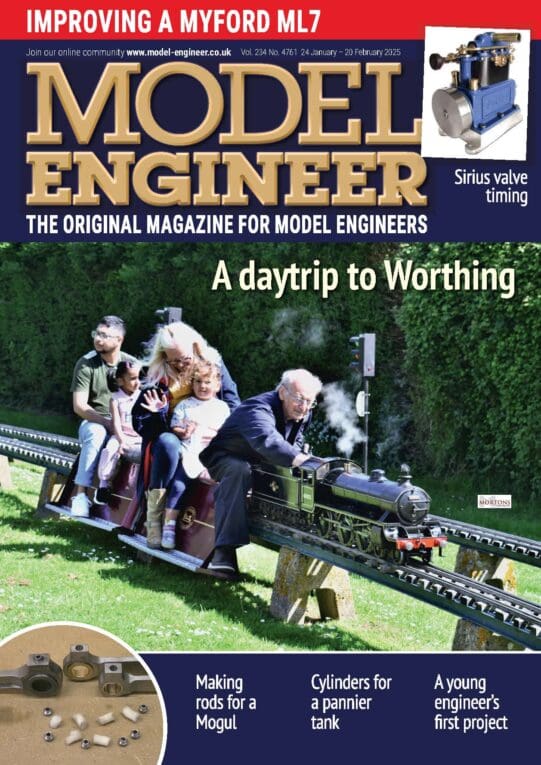Drip, or splash fed plain bearings are limited in speed because of temperature factors, as well as rubbing speeds or load.
Pressure fed bearings are better at building up a "wedge" of oil, for hydrodynamic lubrication, but the increased flow is to cool the bearing. Hence, pressure fed bearings tend to run with larger clearances, to encourage a flow to cool the bearing.
On main propulsion engines on ships, bearing temperatures are monitored, rather than oil pressure.
Excessive oil temperatures degrade the oil, not that a lathe should produce localised temperatures in excess of 110C.
Over heating white metal bearings cause the composition of the bearing alloy to change, (not for the better! ) some time before they fail. Sometimes, the constituents start to separate out.
For really high speeds, such as automotive turbochargers the bearing are actually sleeve bearings where the sleeve is white metal coated on both internal and external faces. In this way, the sleeve rotates and the rubbing speed relative to the shaft and to the housing is decreased.
Howard
Howard Lewis.





